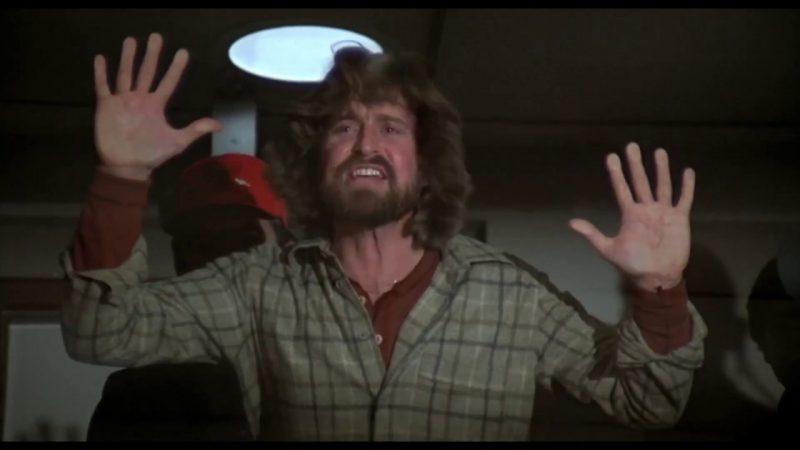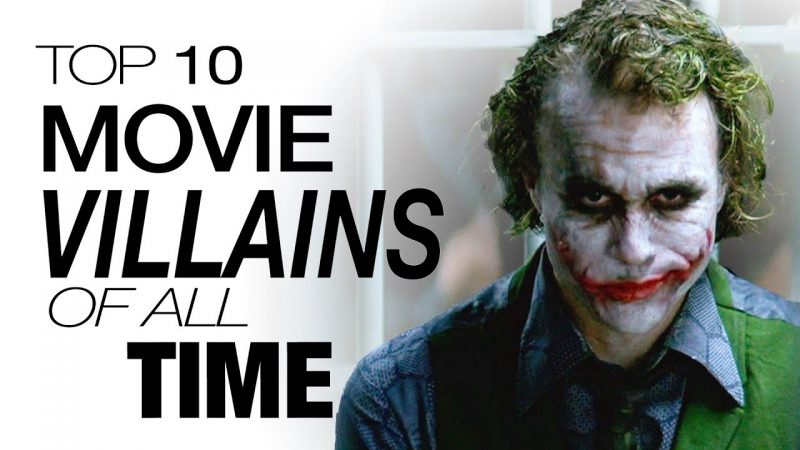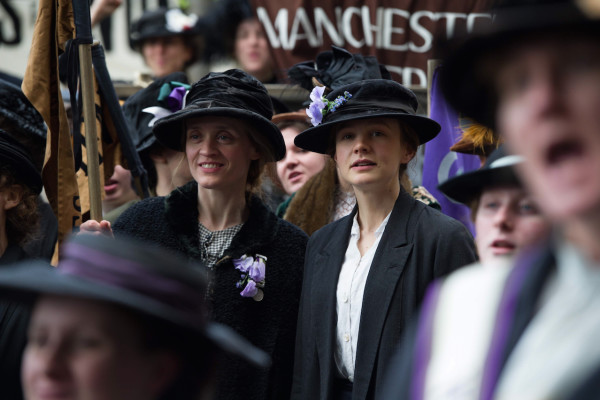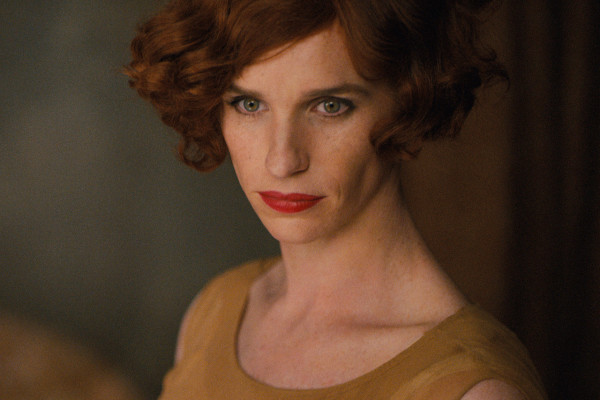Films are not only for entertainment but are also used by film makers to express themselves on a wide range of issues from politics to religion. The message delivered by mass media such as films have always been a concern of society as a whole because it is meant to address large sections of society. Censoring films is an issue attracting regular attention due to its possible misuse and also due to a drastic increase in the number of movies.
Author: <span>Penny Flores</span>
With major innovations such as internet, electricity and photography, Cinema too emerged as a means of entertainment. Prior to the First World War, film industry was considered as the 4th largest export industry. The worldwide film industries have always grown successfully and the competition between various film industries in respective countries have led to a huge development in films production. The major film making centers are USA, India and Hong Kong. Let’s discuss some of the oldest and largest film industries.
The China Syndrome is an anti-nuclear thriller-drama that evokes a sight of the terrifying situations. The terrific circumstances might occur if proper safety measures aren’t undertaken towards an electrical plant powered by nuclear energy. This 2 hours movie had aided the protests going on against the application of nuclear power in Bilbao, Spain (July 1977). The film received an extra publicity after a shocking real-life incident at Three-Mile-Island nuclear plant (Pennsylvania) that occurred three weeks after the movie was released.
So I went through and did my ton ten favorite TV Villains a couple of weeks back and I figured I’d do my Top Ten Favorite Movie Villains! Now I don’t watch horror movies so there are no horror movie villains included in this list. But I do watch a lot of Sci-fi and Fantasy! So here is my list.
Many biopics and historical features focus on the movers and shakers of social and cultural movements. Audiences are witnesses to great acts of selflessness during times of war, groundbreaking artistic brilliance, or a terrific struggle to overcome injustice. “Suffragette” attempts to show us an alternate perspective, that of a newcomer to a political movement, someone who is a participant but not the hero.
This storytelling works well to show us the scope of the suffragette movement, the context, and realities from which it developed. In the opening scenes of the film, we see women and men working in a crowded industrial laundry facility, with steam and heavy machinery. It’s early twentieth-century London, and this is the reality of the working class: long days, child labor, and dangerous conditions. It’s a dirty reality, all grays, dark blues, and browns, with people living in close quarters and mud in the streets.
Right from the opening scenes, “The Danish Girl” delivers the awards-contender goods. The cinematography brings out the colors and mood of the Danish landscape that Lili Elbe painted. There a thousand shades of blue: cornflower, royal, blue-grey, robin’s egg, and indigo. Windswept grasses and twisted, slender trees frame inlets, and the sun comes down through heavy clouds hinting at the gravity of the film’s topic. As good as the film is – the acting is right on, the cinematography beautiful, the script well done – it is frustrating because it could have been better.
The quintessential femme fatale of film noir uses her sexual attractiveness and ruthless cunning to manipulate men in order to gain power, independence, money, or all three at once. She rejects the conventional roles of a devoted wife and loving mother that mainstream society prescribes for women, and in the end, her transgression of social norms leads to her own destruction and the destruction of the men who are attracted to her. Film noir‘s portrayal of the femme fatale, therefore, would seem to support the existing social order — and particularly its rigidly defined gender roles — by building up the powerful, independent woman, only to punish her in the end.
Dark Passage (1947), a back alley plastic surgeon tells Vincent Parry (Humphrey Bogart), “There’s no such thing as courage. There’s only fear, the fear of getting hurt and the fear of dying. That’s why human beings live so long.” He is 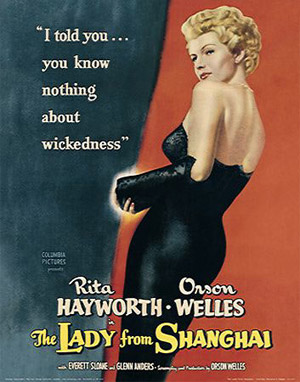 looking straight at Parry and — through the use of the subjective camera — straight at the audience. His statement is especially striking because it dismisses courage as a myth soon after World War II, rejecting a basic cultural belief that all of America and all of Hollywood had just spent four years trying to build up. Such an attack on society’s (and Hollywood’s) most cherished values is characteristic of film noir, and perhaps its favorite target is the most fundamental value of all — the family.
looking straight at Parry and — through the use of the subjective camera — straight at the audience. His statement is especially striking because it dismisses courage as a myth soon after World War II, rejecting a basic cultural belief that all of America and all of Hollywood had just spent four years trying to build up. Such an attack on society’s (and Hollywood’s) most cherished values is characteristic of film noir, and perhaps its favorite target is the most fundamental value of all — the family.
Film noir began to take shape just before the United States entered World War II with films such as Stranger on the Third Floor (1940), I Wake Up Screaming (1941), and The Maltese Falcon (1941), but it did not develop fully until the late stages of the War and flourished in the immediate post-War years. Since noir films generally question social and governmental institutions, it seems likely that wartime pressure to represent the United States and American society in a positive light and to keep up the people’s spirits prevented Hollywood from exploring the darker aspects of noir while the outcome of the War was still in doubt.
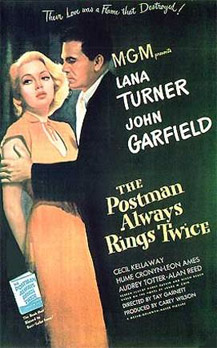
Many critics have argued convincingly that film noir follows much the same pattern of rewarding “good” women and punishing “bad” women as conventional Hollywood films. The rewards and punishments for women (and men) in film noir are especially serious — characters who willingly play their proper roles tend to survive beyond the end of the film, while characters who resist playing these roles often die violently or, less commonly, go to jail. On rare occasions, these films even deliver a Hollywood happy ending, when a family or a relationship that was threatened or torn apart during the course of the film actually is restored in the final scene. Meanwhile, critics who find a conservative message in film noir point out that these films endorse the family not only in their narrative content but even in their visual style, which creates a negative contrast between the noir world and the world of traditional family life.
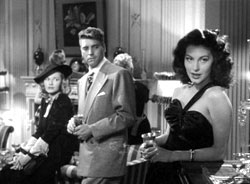
Film noir‘s subversive view of family life and women’s accepted role in society extends to its portrayal of the “good” or “normal” woman. The good woman embraces her traditional “place” in the family, but she is out of place in film noir. Although she offers the hero a chance to escape from the sexy, destructive femme fatale and the dangerous noir world, the good n proves to be a mirage that the hero cannot reach. She functions as a foil for the femme fatale, not as a realistic alternative or a prescription for female behavior. Indeed, Janey Place argues that “the lack of excitement offered by the safe woman is so clearly contrasted with the sensual, passionate appeal of the other that the detective’s destruction is inevitable.” 38 Ultimately, the good woman suggests that society’s prescription for happiness, the traditional family, is uninteresting and unattainable. The world of the good woman and “normal” family values contrasts sharply with the dominant world of film noir in both visual style and narrative content, as if the cultural ideal of family life — the dominant image of most Hollywood films at the time — is a mere fantasy for the noir characters. In film noir, the American dream is indeed a dream. The good woman often lives in an idealized country setting or in a well- kept apartment, outside of the dark, rain-soaked urban streets associated with the noir world. She is filmed using the visual techniques of classical Hollywood cinema: high-key lighting, eye-level camera angles, and open spaces — free of the disturbing mise-en-scène that surrounds the femme fatale. 39 And she remains passive, nurturing, and non-threatening — a redeeming angel for a hero hopelessly tempted by the active, independent, and dangerous femme fatale. 40
If there is something called magic, I would say, it’s right here in movie business. Why?? The prime reason is – You are in your world of imagination. I was not that avid movie watcher until the summer of 2010, when I saw, Good Will Hunting (1997), I just simply fell in love with the movie for its simple message, of hunting yourself within the sea of competition. Ever since, I have followed and watched movies, every single day of my existence so far. Now, I say, we learn many things from movies. Below is my list of life lessons that we learn from Hollywood movie.
Leonardo DiCaprio is one of the most popular movie stars. Even if one is not much into movies, they do know DiCaprio, the actor. Starting his acting career as a child artist in a TV series, the talented actor began his film career with Critters (1991).
The biggest breakthrough for the actor was the epic romance movie, Titanic directed by James Cameron. The film brought recognition and more offers for the budding actor. After nearly 25 years since his debut, there are a lot of memorable performances from the talented star. Here is the list of movies starring Leonardo DiCaprio which you must see.
Beach Pillows is a movie written and directed by Sean Hartofilis which tells the story of Morgan Midwood (played brilliantly by George Arend), a young man who once dreamed of…
Being an extra is very exciting, you are on huge sets and beautiful locations in all sorts of incredible costumes (usually corsets if you are me, I must have a…

